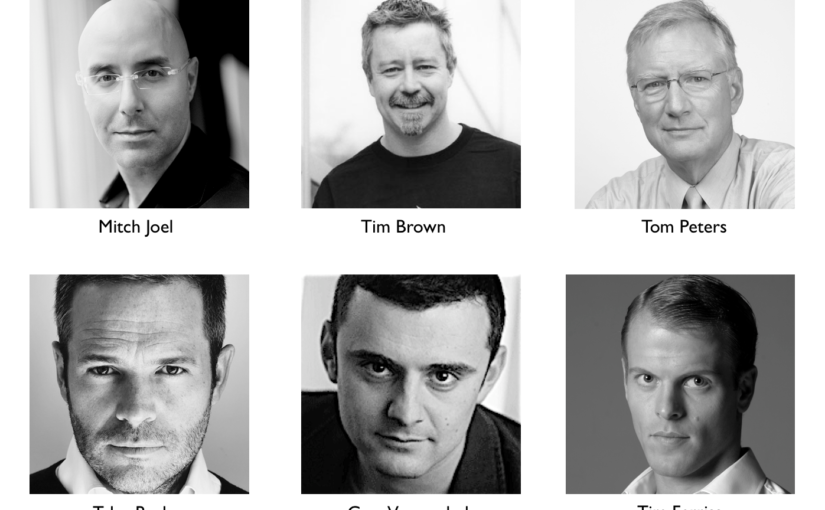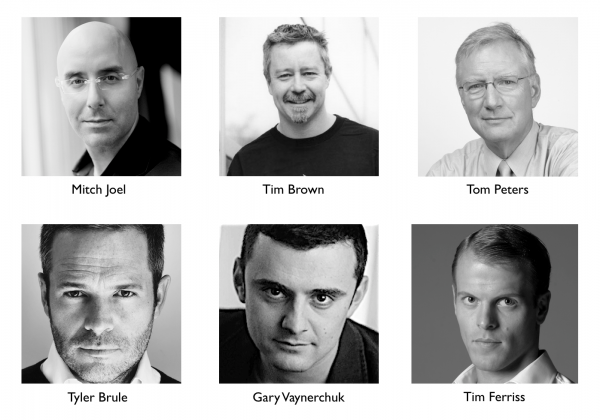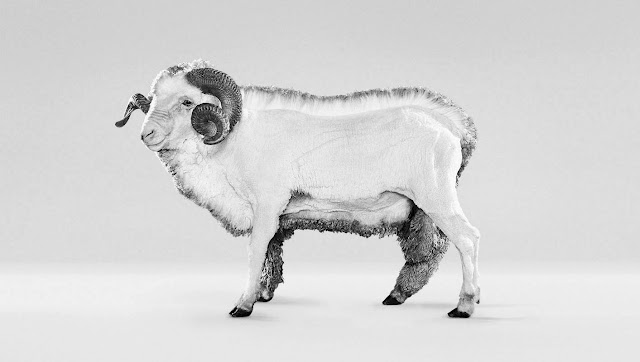The Innovation Warehouse doesn’t compete directly with other co-working spaces or accelerators. The team believes strongly in making the pie bigger. But the market for startup support is becoming more competitive. Understanding the competitive playing field will make make it easier to differentiate the Innovation Warehouse from the competition.

We find that the competitor mapping stage is vital for helping a client realise just how high the standard of competition can be. We use competitor mapping partially as a diagnostic tool and partially as a creative thinking tool. Continue reading Innovation Warehouse 4: Competitive Positioning










